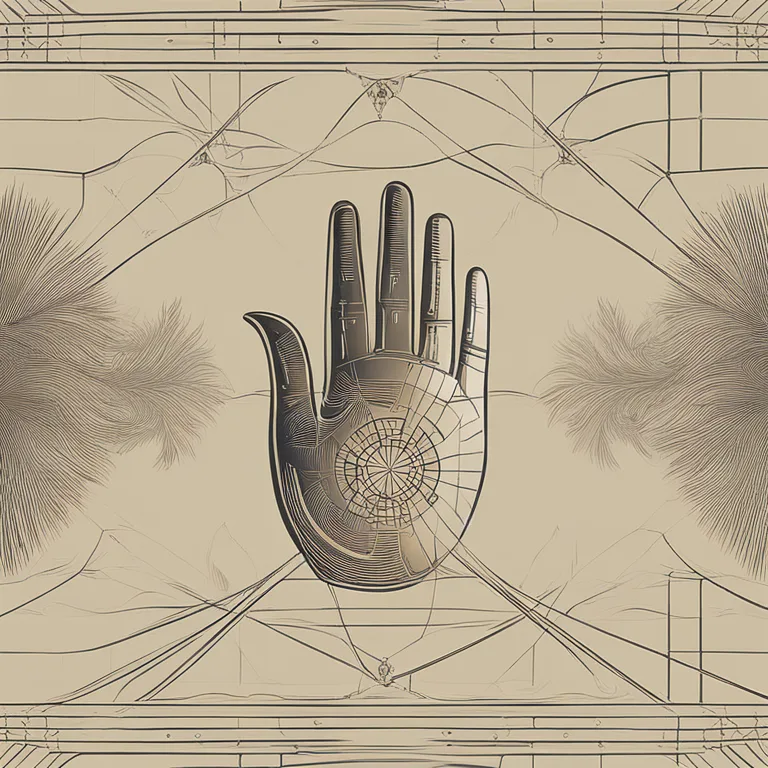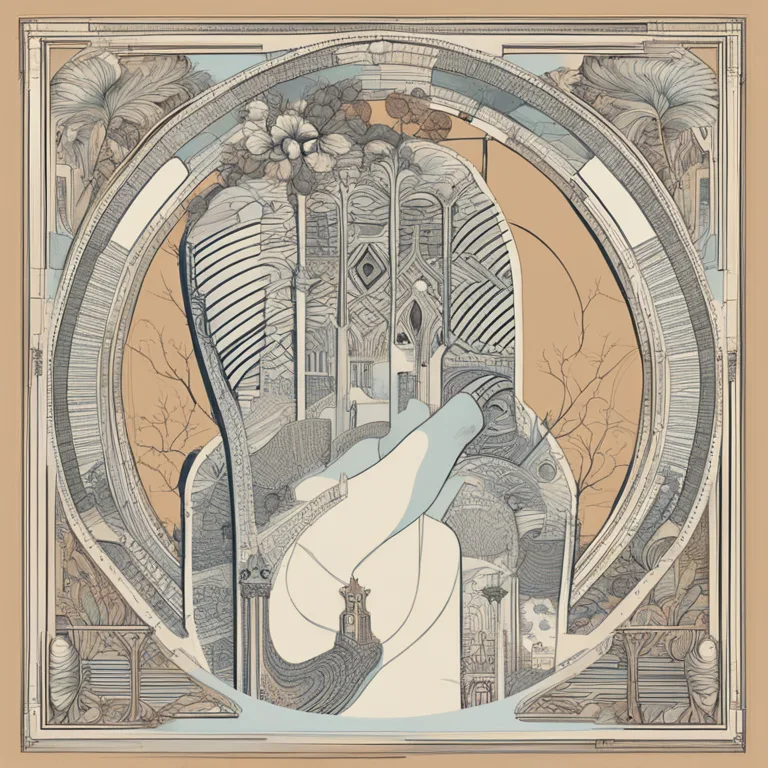
Palm Lines & Your Health: A Vital Connection
Discover how palmistry can provide insights into your health and wellbeing, and what the lines on your palm may indicate about your physical condition.
article by Nora Pennington
Palmistry: An Ancient Practice with Modern Insights
Palmistry, or chiromancy, has been practiced for thousands of years, originating in various cultures around the world. It involves analyzing the lines, shapes, and features of the hand to foretell aspects of a person's life, including their health. While skeptics may dismiss it, a growing body of anecdotal evidence and interest in holistic practices has brought palmistry back into conversations about wellness in 2024 and beyond. As we dive into the intersections of palmistry and health, it's important to approach the subject with an open mind, considering the potential insights it might offer.
Lines of the Hand: More Than Just Creases
In palmistry, the lines of the hand are believed to be related to an individual’s vitality and overall health. Three major lines are the focus for most palmists: the heart line, the head line, and the life line. The heart line is thought to reflect cardiovascular health and emotional wellbeing. The head line may indicate mental health and intellectual functioning. And perhaps the most well-known, the life line, is believed to provide insights into vitality and life changes, but contrary to popular belief, it's not strictly a predictor of life span.

Mounts and Fingers: Bodily Connections
Beyond the lines, palmists examine the mounts and fingers to analyze a person's constitution. Each mount, located at the base of the fingers and on the palm, correlates to different bodily organs and functions. For instance, the mount of Venus, situated at the thumb's base, is linked to the reproductive system and hormonal balance. The shapes of fingers and nails are also scrutinized for any indication of health tendencies, such as a predisposition for respiratory issues or joint problems.
Health Warnings: Myths and Realities
It's crucial to note that palmistry should not replace medical advice or diagnosis from a licensed healthcare provider. Some palmists may claim to identify specific diseases or medical conditions, but these assertions require cautious interpretation. The role of palmistry in health is more about identifying predispositions and potentials rather than diagnosing illnesses. It can serve as a prompt for individuals to seek professional medical attention for examinations or treatment.

The Science Behind Hand Analysis
Although palmistry is rooted in tradition rather than empirical science, certain aspects align with medical knowledge. For example, stress and illness can impact the skin, potentially altering the lines and features of the hands over time. It is an area where dermatoglyphics, the study of the patterns of skins ridges on the fingers and hands, intersects with palmistry. These features are used in medical diagnostics and provide objective data that hold potential for understanding one's health.
Palmistry in Modern Holistic Healthcare
In recent years, there has been a surge in the integration of traditional wisdom into modern holistic healthcare practices. With the world of wellness continuously evolving, individuals seek out personalized, complementary approaches alongside conventional medicine. Palmistry offers a unique, personalized touch, inviting self-reflection and consideration of one's physical and emotional state. As we progress further into the 21st century, the fusion of ancient practices like palmistry with contemporary health consciousness continues to captivate those looking for a deeper understanding of their wellbeing.
Published: 1/3/2024
Modified: 1/3/2024
More predictions
Come back here soon to learn more about yourself and your future


The Secrets of Palmistry Travel Lines
Discover the meanings behind the travel lines on your palms and how they may hint at your journey through life.


The Origins of Palmistry: An Ancient Practice
Delve into the fascinating beginnings of palmistry—the ancient art of hand reading for insights into character and destiny.


Palmistry Lifespan Insights: How Long May You Live?
Delve into the art of palmistry to discern potential lifespan indicators from the lines and features of your hands in this insightful article.